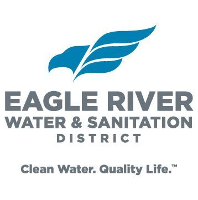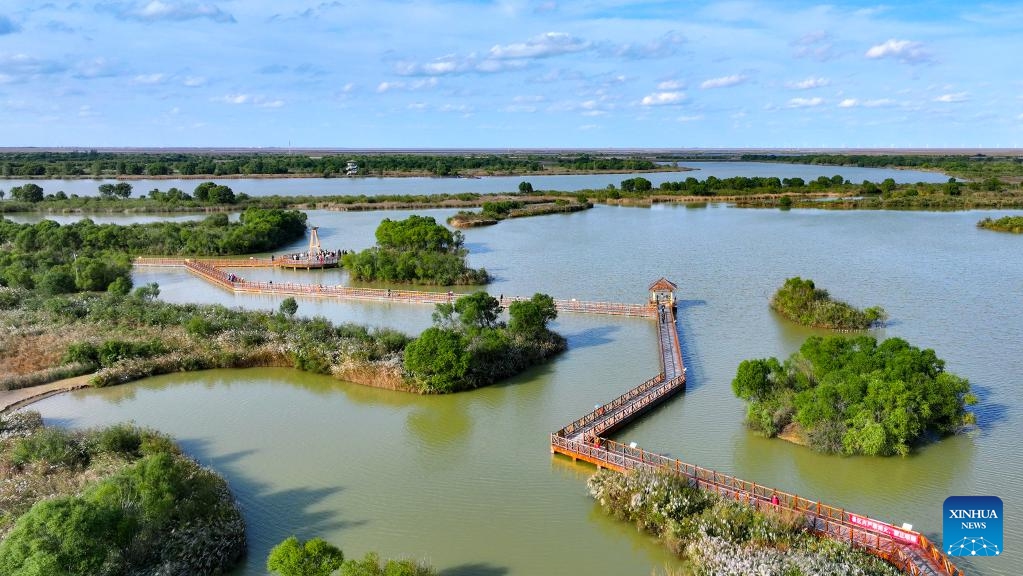Mauritius’ vision for vast Marine Protected Area in Chagos Islands – Oceanographic Magazine

Report on the Proposed Chagos Archipelago Marine Protected Area and its Alignment with Sustainable Development Goals
1.0 Introduction and Strategic Vision
This report details the initiative by the government of Mauritius to establish a significant Marine Protected Area (MPA) in the Chagos Archipelago, located in the central Indian Ocean. The plan is contingent upon the final resolution of sovereignty negotiations with the United Kingdom. The project’s framework is strategically designed to advance multiple United Nations Sustainable Development Goals (SDGs) by integrating large-scale marine conservation with the sustainable and just resettlement of the Chagossian people.
2.0 Advancing SDG 14: Life Below Water
The core objective of the initiative is the conservation and sustainable use of marine resources, directly contributing to the targets of SDG 14.
- Conservation Commitment: The Mauritian government has announced its intention to uphold a comprehensive ban on commercial fishing across an ocean expanse larger than France. This action is a critical step towards protecting marine biodiversity and ecosystem integrity.
- Science-Based Management: A marine resource management plan is under development. This plan is informed by scientific guidance and research, notably from institutions like Stanford University, to ensure effective and sustainable ocean governance.
3.0 Integrating Socio-Economic Goals: SDGs 1, 8, 10, and 11
The project places significant emphasis on human rights and socio-economic sustainability, aligning with several key SDGs.
- SDG 1 (No Poverty) & SDG 8 (Decent Work and Economic Growth): The protection plan is being shaped to incorporate traditional practices and small-scale subsistence fishing, providing a foundation for sustainable livelihoods for the returning Chagossian community.
- SDG 10 (Reduced Inequalities): The initiative directly addresses the historical injustice of the forced removal of the Chagossian people. By facilitating their resettlement and integrating their cultural heritage into the governance model, the plan aims to reduce long-standing inequalities.
- SDG 11 (Sustainable Cities and Communities): The vision for the sustainable resettlement of the Chagossian people is a core component of the plan, promoting the creation of an inclusive and resilient community.
4.0 Framework for Governance, Justice, and Partnerships: SDGs 16 and 17
The resolution of the archipelago’s status and the collaborative approach to management are central to achieving goals related to peace, justice, and global partnerships.
- SDG 16 (Peace, Justice and Strong Institutions):
- The initiative is proceeding in the context of a United Nations tribunal ruling that affirmed Mauritian rights in the region.
- The agreement in principle by the United Kingdom to return sovereignty marks a significant step toward a just and peaceful resolution of a long-standing geopolitical dispute.
- SDG 17 (Partnerships for the Goals):
- The development of the MPA is a multi-stakeholder effort, exemplifying a robust global partnership.
- Key collaborators include the Government of Mauritius, the Zoological Society of London, Stanford University, and other international expert groups. This partnership effectively bridges science, policy, and local heritage to achieve sustainable development objectives.
Analysis of Sustainable Development Goals in the Article
1. Which SDGs are addressed or connected to the issues highlighted in the article?
- SDG 10: Reduced Inequalities
- SDG 14: Life Below Water
- SDG 16: Peace, Justice and Strong Institutions
- SDG 17: Partnerships for the Goals
2. What specific targets under those SDGs can be identified based on the article’s content?
-
SDG 14: Life Below Water
- Target 14.2: Sustainably manage and protect marine and coastal ecosystems. The article directly addresses this by describing plans to establish “one of the planet’s largest marine protected areas” and develop a “marine resource management plan” for the Chagos Archipelago.
- Target 14.4: Effectively regulate harvesting and end overfishing. This is explicitly mentioned through the Mauritian government’s intent to “uphold a sweeping ban on commercial fishing across a vast ocean expanse.”
- Target 14.5: Conserve at least 10 per cent of coastal and marine areas. The article’s central theme is the creation of a massive marine protected area, described as an “expanse larger than France,” which directly contributes to this conservation target.
- Target 14.b: Provide access for small-scale artisanal fishers to marine resources. The protection plan aims to align ecological goals with “traditional practices and small-scale subsistence fishing,” ensuring the rights and needs of the local community are considered.
-
SDG 10: Reduced Inequalities
- Target 10.3: Ensure equal opportunity and reduce inequalities of outcome. The article discusses rectifying the historical injustice faced by the Chagossian community, who were removed from the islands. The plan for “sustainable resettlement” and the recognition of their rights, following a UN tribunal decision that Britain had “unlawfully stripped Mauritius of fishing rights,” points to this target.
-
SDG 16: Peace, Justice and Strong Institutions
- Target 16.6: Develop effective, accountable and transparent institutions. The process of creating a “marine resource management plan” and a new system for “ocean governance for this marine protected area” reflects the development of new institutional frameworks.
- Target 16.7: Ensure responsive, inclusive, participatory and representative decision-making. The article highlights the use of “community-centred insights” and the effort to “bring Chagossian knowledge and regional heritage into ocean governance,” demonstrating a commitment to inclusive decision-making.
-
SDG 17: Partnerships for the Goals
- Target 17.16: Enhance the Global Partnership for Sustainable Development. The initiative involves multiple stakeholders, including the governments of Mauritius and the UK, “Stanford University research,” and international organizations like the “Zoological Society of London,” showcasing a multi-stakeholder partnership to achieve conservation and development goals.
3. Are there any indicators mentioned or implied in the article that can be used to measure progress towards the identified targets?
-
Indicators for SDG 14
- Indicator 14.5.1 (Coverage of protected areas in relation to marine areas): This is directly implied by the article’s focus on establishing “one of the planet’s largest marine protected areas” with an “expanse larger than France.” The size and establishment of this MPA would be a direct measure of progress.
- Indicator 14.4.1 (Proportion of fish stocks within biologically sustainable levels): The “sweeping ban on commercial fishing” is a policy action whose success would be measured by the health and sustainability of fish stocks in the region, which is an implied indicator of the policy’s effectiveness.
- Indicator 14.b.1 (Progress by countries in the degree of application of a legal/regulatory/policy/institutional framework which recognizes and protects access rights for small-scale fisheries): The article implies this indicator by mentioning the development of a plan that incorporates “small-scale subsistence fishing.” The formalization of these rights within the new governance framework would be a measure of progress.
-
Indicators for SDG 16
- Indicator 16.7.2 (Proportion of population who believe decision-making is inclusive and responsive): Progress towards this can be measured by assessing the Chagossian community’s involvement and satisfaction with the new governance model. The article’s emphasis on using “Chagossian knowledge” and “community-centred insights” suggests that the perceived inclusivity by the resettled population is a key, albeit implied, measure of success.
4. SDGs, Targets, and Indicators Summary
| SDGs | Targets | Indicators |
|---|---|---|
| SDG 14: Life Below Water |
|
|
| SDG 10: Reduced Inequalities |
|
|
| SDG 16: Peace, Justice and Strong Institutions |
|
|
| SDG 17: Partnerships for the Goals |
|
|
Source: oceanographicmagazine.com
What is Your Reaction?
 Like
0
Like
0
 Dislike
0
Dislike
0
 Love
0
Love
0
 Funny
0
Funny
0
 Angry
0
Angry
0
 Sad
0
Sad
0
 Wow
0
Wow
0




















































.jpg.webp?itok=0ZsAnae9#)


























